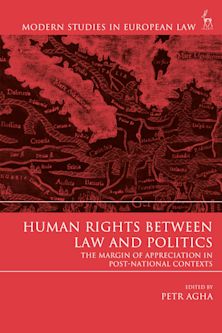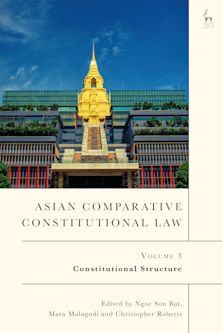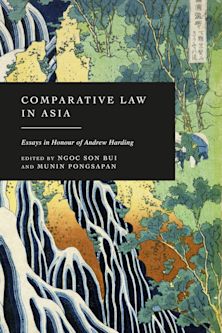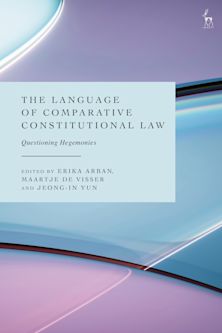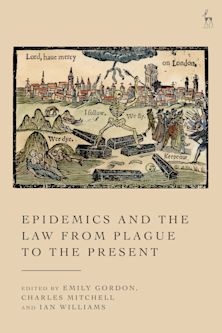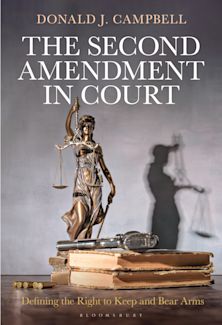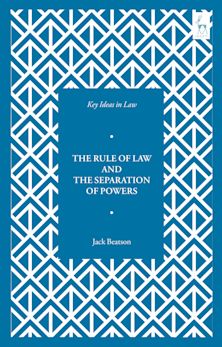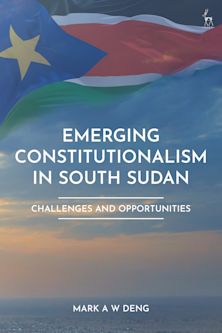- Home
- ACADEMIC
- Law
- Constitutional and Administrative Law
- Multi-Textual Constitutions of the World
Multi-Textual Constitutions of the World
You must sign in to add this item to your wishlist. Please sign in or create an account
Description
In this eye-opening study of the world's constitutions, scholars explain the creation, operation, revision, and replacement of multi-textual constitutions-a ubiquitous but woefully understudied constitutional form that is ever-present in many countries of the world but as-yet underappreciated in constitutional studies.
Constitutions are commonly said to be either “written” or “unwritten.” This distinction has long been the cornerstone of constitutional studies. Multi-textual Constitutions of the World presents an alternative view: all constitutions are simultaneously written and unwritten, consisting of unwritten norms, practices, and principles on the one hand, and of written rules on the other.
Given that all constitutions consist of both written and unwritten elements, the conventional distinction between “written” and “unwritten” constitutions should be discarded once and for all because it obscures the actual form and content of constitutions. This book lights the path to a better distinction that more correctly reflects the key difference among constitutions: some constitutions consist of one authoritative document while others consist of more than one authoritative document.
Drawing from every major region of the world and featuring expert analysis from outstanding scholars, this book demonstrates that constitutions are better distinguished according to whether they are uni-textual or multi-textual.
Table of Contents
1. Multi-Textual Constitutions in Japan: History, Functions, and Operation, Masahiko Kinoshita (Kobe University, Japan)
2. Multi-Textuality and Incrementalism in Cameroon's Democratic Transition, Laura-Stella Enonchong (University of London, UK)
3. The Beauty and the Beast: The Excessive Multi-Textualism of the Austrian Constitution, Konrad Lachmayer (Sigmund Freud University, Austria)
4. Canada's Multi-Textual Constitution, Mary Liston (University of British Columbia, Canada)
5. Multi-Textuality by Amendment: The Brazilian Case, Bruno Cunha (Federal University of Pernambuco, Brazil)
6. Vertical and Horizontal Layers of the Lithuanian Constitution, Toma Birmontiene & Jolita Miliuviene (Mykolas Romeris University, Lithuania)
7. There and Back Again: The Case of Mexico's Constitutional Forms Between Uni- and Multi-Textualism, Jaime Olaiz-González (Universidad Panamerica, Mexico)
8. The Tradition of Multi-Textuality in Poland, Natalie Fox (Jagiellonian University, Poland)
9. Exploring Macro-Constitutional Reality in Ukraine: Multi-Textual Insights from the Constitutional Court, Oleksandr Marusiak (National Academy of Law Sciences of Ukraine)
10. Multi-Textuality in China: Revisions and Revolutions, Leigha Crout (Depaul University, USA)
11. Multi-Textuality and the Question of Constitutional Authorship, Dolunay Bulut (University of Arizona, USA)
12. The Taliban's Multi-Textual Constitution: Cultivated Ambiguity as Authoritarian Technique, Amal Sethi (University of Leicester, UK)
Product details
| Published | 03 Sep 2026 |
|---|---|
| Format | Ebook (PDF) |
| Edition | 1st |
| Extent | 320 |
| ISBN | 9781509980710 |
| Imprint | Hart Publishing |
| Publisher | Bloomsbury Publishing |














